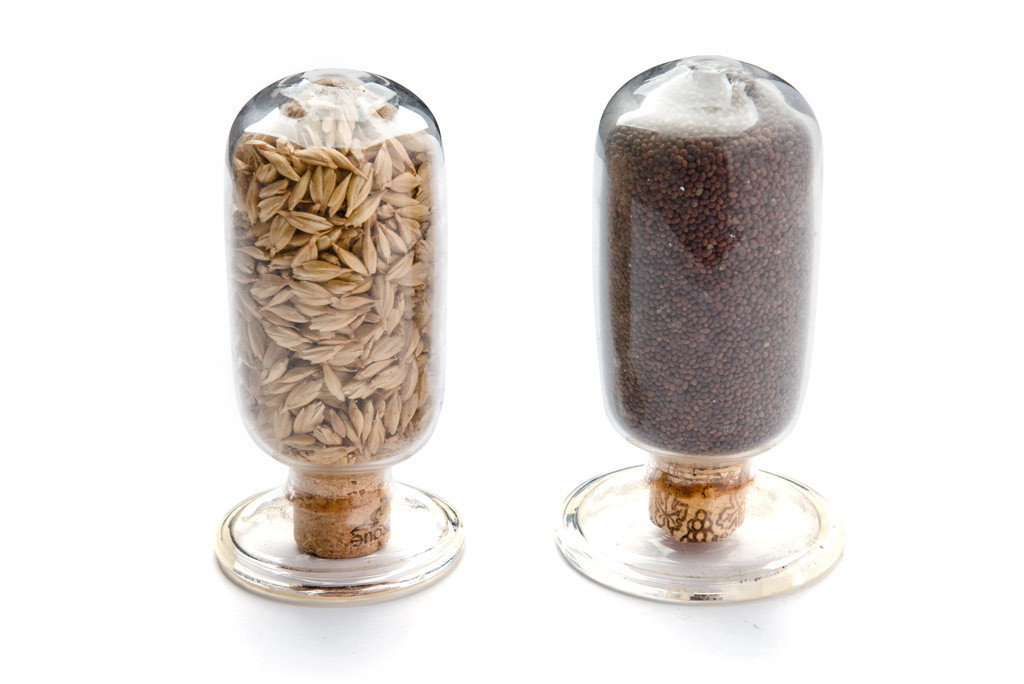Storeroom Stories: Seed Herbarium
A seed herbarium is a cataloged collection of plant seeds used for identification and research on plants. These seeds are collected by naturalists, classified, and stored. The Charleston Museum herbarium collection includes various seeds collected from around the world. These seeds primarily represent crops that are commonly grown in their countries of origin and date as far back as the mid-1800s.
Seeds are embryonic plants contained within a hard outer layer covering. This “seed coat” protects the young plant until conditions are right for it to emerge. For some regions, this amount of time can be very long. For example, arid regions that go through long dry periods can have seeds remain inactive, or dormant, for years. The seeds will remain protected by the seed coat underground until the rains come. Other seeds have been known to wait out the long, cold months in polar regions and emerge when the temperatures rise to a suitable level. Using the information, researchers have been able to grow plants from these dormant seeds. The oldest seeds that have yielded a healthy plant were 32,000 years old, spending most of that time frozen in siberian tundra near frozen mammoth remains.
The Charleston Museum has also had noteworthy research done on its many dormant seeds. A researcher this past year collected several wheat seeds from our collection to test for fungi or bacteria that could infect the seeds and how infected seeds would impact early peoples. The seeds being tested were originally collected from Egypt in 1853.


